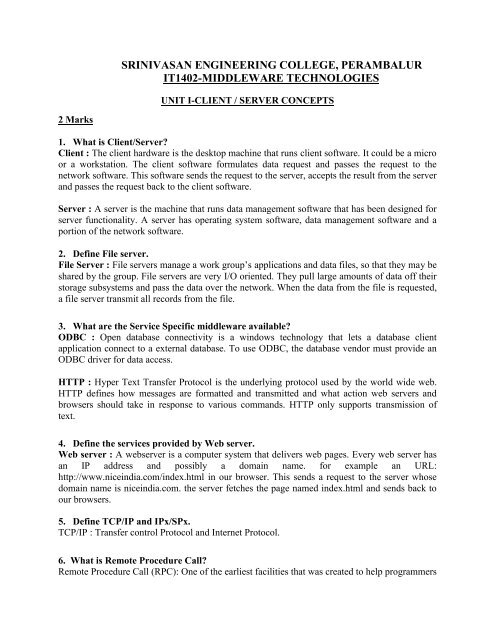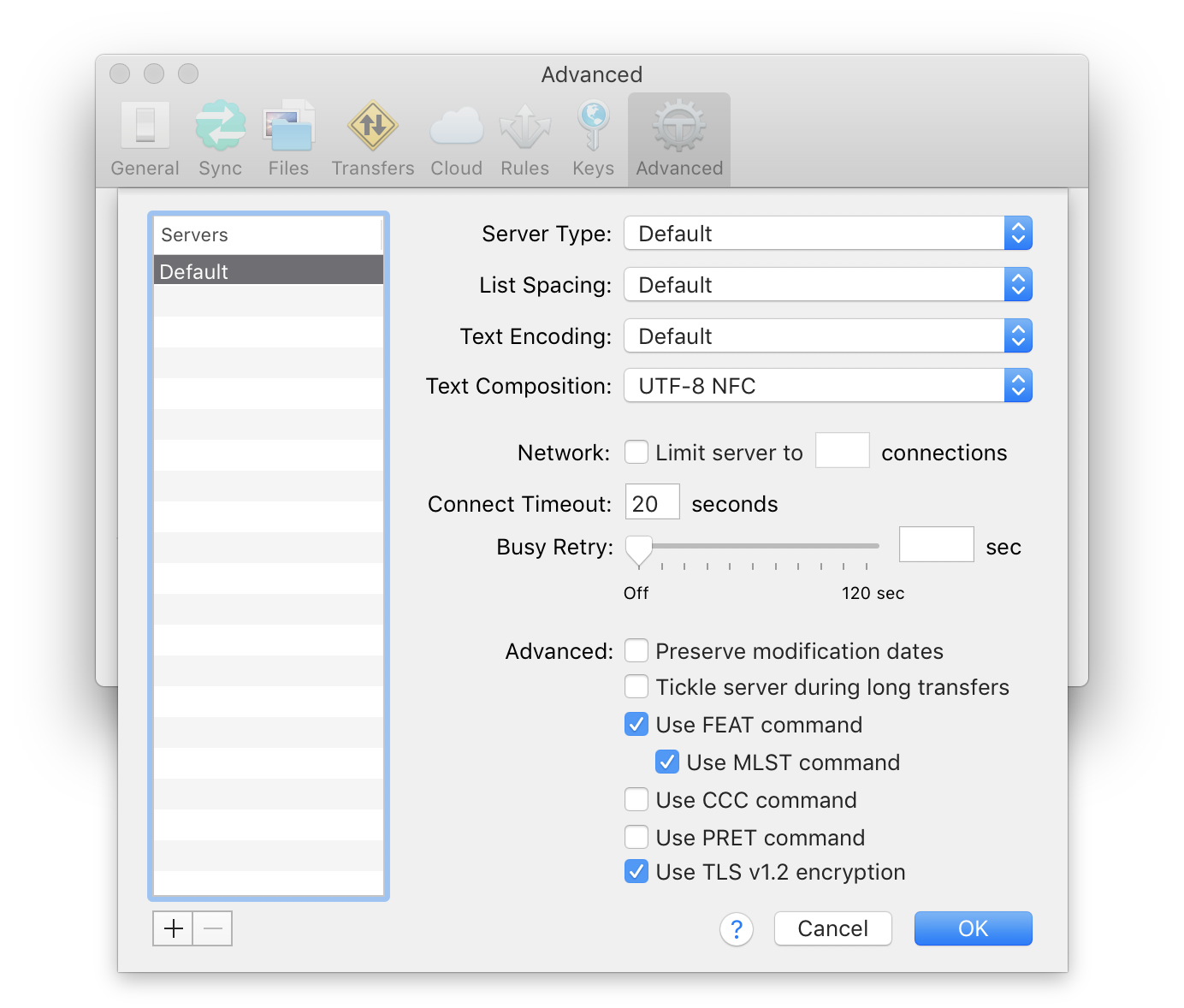

- #Transmit download windows how to#
- #Transmit download windows drivers#
- #Transmit download windows driver#
- #Transmit download windows software#
- #Transmit download windows code#
#Transmit download windows driver#
This callback indicates to a client driver that polling (of EvtPacketQueueAdvance or EvtPacketQueueCancel) will stop and will not continue until the client driver calls NetTxQueueNotifyMoreCompletedPacketsAvailable or NetRxQueueNotifyMoreReceivedPacketsAvailable. When a client driver receives new packets in a packet queue's net rings, NetAdapterCx invokes the client driver's EvtPacketQueueSetNotificationEnabled callback function. Enabling and disabling packet queue notification For an example of implementing EvtPacketQueueAdvance for a receive queue, see Receiving network data with net rings.
#Transmit download windows drivers#
During EvtPacketQueueAdvance, client drivers carry out send and receive operations on the net rings by controlling indices within the rings, transferring buffer ownership between hardware and the OS as data is transmitted or received.įor more information about net rings, see Introduction to net rings.įor an example of implementing EvtPacketQueueAdvance for a transmit queue, see Sending network data with net rings. Each packet queue in a client driver is backed by underlying data structures called net rings, which contain or link to the actual network data buffers in system memory. Polling operations occur within the client driver's EvtPacketQueueAdvance callback function.

Query the checksum packet extension offset and store it in the context PMY_RX_QUEUE_CONTEXT queueContext = GetMyRxQueueContext(rxQueue) NTSTATUSĬonst ULONG queueId = NetRxQueueInitGetQueueId(RxQueueInit)
#Transmit download windows code#
Error handling code has been left out of this example for clarity. The following example shows how creating a receive queue might look in code. To create a receive queue from EVT_NET_ADAPTER_CREATE_RXQUEUE, use the same pattern as a transmit queue and call NetRxQueueCreate. NetTxQueueGetExtension(txQueue, &extension, &queueContext->LsoExtension) Query Large Send Offload packet extension offset and store it in the context NetTxQueueGetExtension(txQueue, &extension, &queueContext->ChecksumExtension) NET_PACKET_EXTENSION_CHECKSUM_VERSION_1) Query checksum packet extension offset and store it in the context PMY_TX_QUEUE_CONTEXT queueContext = GetMyTxQueueContext(txQueue) Get the queue context for storing the queue ID and packet extension offset info Optional: register the queue's start and stop callbacksĬonst ULONG queueId = NetTxQueueInitGetQueueId(TxQueueInit)

The following example shows how these steps might look in code.

NetAdapterCx calls EVT_NET_ADAPTER_CREATE_TXQUEUE at the very end of the power-up sequence. In addition, the client can provide these optional callback functions after initializing the queue configuration structure:
#Transmit download windows how to#
This topic explains how to work with transmit and receive queues in NetAdapterCx.
#Transmit download windows software#
Packet queues, or datapath queues are objects introduced in NetAdapterCx to enable client drivers to model their hardware features, such as hardware transmit and receive queues, more explicitly in software drivers.


 0 kommentar(er)
0 kommentar(er)
